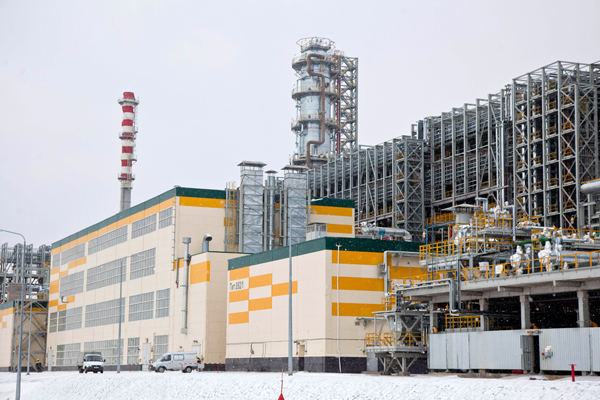Russian base oil exports increased 13 percent in 2016 due to favorable market conditions in Europe and a ramp-up of API Group II and Group III base oils production, according to an industry insider.
Denis Varaksin, base oil and slack wax sales manager at Berlin-based DYM Resources, predicted Russian base oil exports will stabilize to around 1.1 million tons in 2017 due to Europe becoming a more popular destination and increased shipments by Russian petrochemical company Taneco, the only large-scale Group II and III producer in the country.
In general, Russian base oil exports could increase 4 percent in 2017, Varaksin told the World Base Oils and Lubricants conference held in London in February. He also predicted that Group II and III will account for 15 to 20 percent of that volume.
Tanecos refinery increased its Group II and Group III overseas shipments from 4,500 tons in 2015 to 85,000 tons in 2016, DYM found. It also plans a [launch soon] of a 6 centiStokes base oil grade, in addition to the 4 cSt and 2.5 cSt it currently produces, Varaksin said.
Powered up in December 2014, Tanecos base oil plant in Nizhnekamsk has capacity to produce 90,000 tons per year of Group II and 100,000 t/y of Group III. Additionally, the company plans to restart its 10,000 t/y polyalpholefin plant – also in Nizhnekamsk – by the years end.
While many Russian refiners lost market presence in Southeast Asia, India and the United Arab Emirates, Tanecos exports are being shipped to Europe, which consumed over 25 percent of Russian base oil exports in 2017, according to DYM.
Russian base oil exporters shipped 323,000 tons through the Baltic Sea, 237,000 tons via the Black Sea, 117,000 tons to Ukraine and 75,000 tons into China in 2017.
The Baltic ports of Riga, Liepaja and Ventspils attract most of those 323,000 tons exported via the Baltic. Russia exports some volumes to West Africa and the U.A.E. through the Black Sea, but most of its exports there go to Turkey. Russian refiners use flexi-containers when shipping via Riga, Klaipeda and Novorossiysk ports, Varaksin said.
Russian regulators are set to decrease the base oil export duties from 40 percent to 30 percent of the crude oil export duty, Varaskin said. This will help the refiners after years of unfavorable market conditions caused by the crash in oil prices, sanctions and devaluation of the ruble, Varaksin said, adding that domestic base oil demand could also play a significant role as the Russian economy is set to a slight recovery in 2017.

Photo courtesy Tatneft.